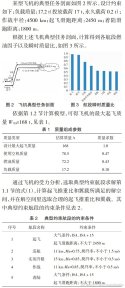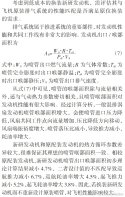Turns out we might actually be onto something here...
Interesting find and development, by @爱若丰狂SOYO历 on Weibo.

High-bypass turbofan with offset S-duct inlet... Which aircraft would be using such a design? Hmm...
Interesting find and development, by @爱若丰狂SOYO历 on Weibo.
China Aero Engine Sichuan Gas Turbine Research Institute:
Research on Matching Analysis Method for Large-Offset S-Duct Inlet and High-Bypass-Ratio Turbofan Engine & Development of Aerodynamic Stability Evaluation Technology – Procurement Announcement (Re-issued)

High-bypass turbofan with offset S-duct inlet... Which aircraft would be using such a design? Hmm...
Last edited:



